Photos by David McGee, Auto Imagery
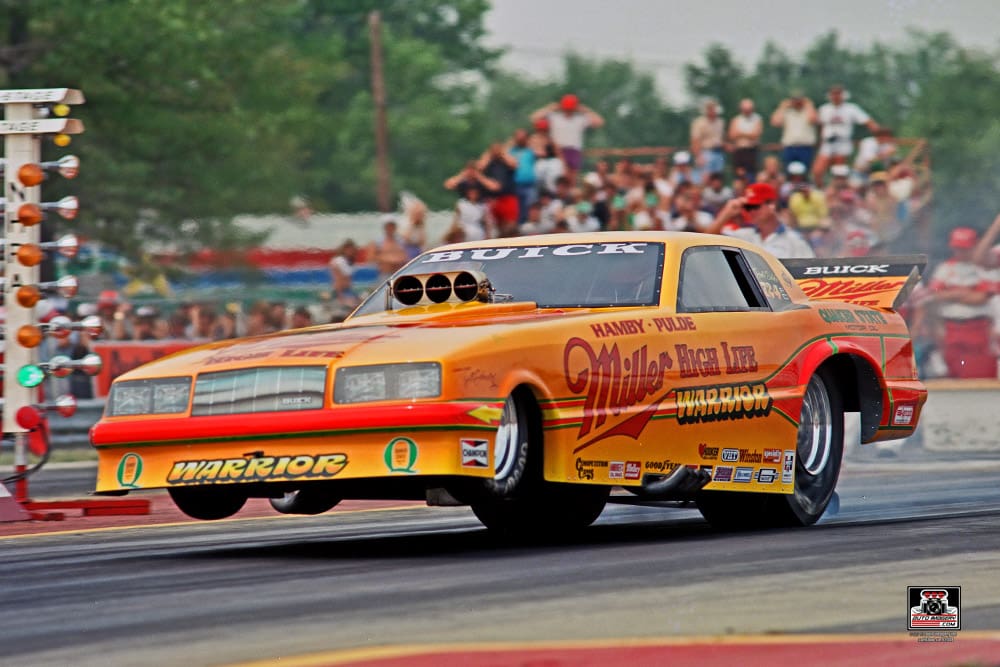
Dale Pulde just wanted to be unique.
In 1985, the world of professional Funny Car racing was in full swing with competition in the NHRA, IHRA (with only floppers and no Top Fuel) and to a lesser extent the ADRA (American Drag Racing Association, formerly AHRA) where mostly every other entry was a Firebird or a Mustang.
Pulde dared to be different.
Enter veteran journalist Jon Asher who approached Buick on behalf of Pulde. At the time, most every racer had a factory deal, Pulde, along with Asher, set their sights on Buick.
Asher pitched Buick’s Joe Negri on the idea of a Buick Somerset Regal as a bona fide 260-mph hot rod. After all, if Kenny Bernstein could make a nitro car out of a Ford Tempo, why not a Buick Somerset Regal?
At first glance, the street-driven Somerset Regal looked anything but a car which oozed horsepower.
Pulde then went to a local dealership to check out what was going to replace his Pontiac Firebird.
“We went to the Buick dealer and looked at that thing and thought, ‘Oh my gosh, what is this going to look like?”
One of Negri’s steadfast directives is whatever design they came up with; it had to look like a Buick — the Somerset Regal.
“That was pretty easy to have happen because the front end pretty well stood out and said that it was a Buick,” Pulde recalled.
The task of designing the Somerset as a hot rod was given to Gary Aker, who designed the body off of a plug from Comp Eliminator racer Larry Torres’ Econo Altered Somerset and took it to the wind tunnel.
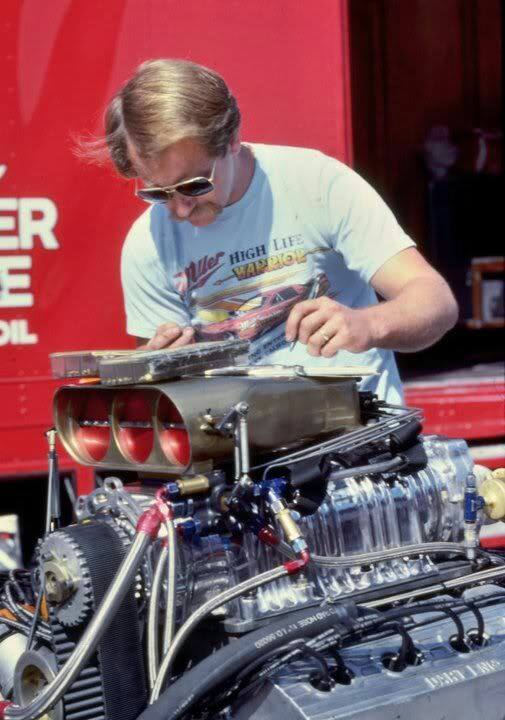
The result was a concept which had been chopped and the roofline adjusted. It was also wind tunnel efficient.
“It made it look like a street rod as far as I was concerned,” Pulde recalled. “It looked like a hot rod.”
Chris Christensen, the fiberglass artist tasked with actually building the body, according to Pulde, was not a fan of the design.
At the time the design had been handed over to Christensen, he had just returned from wind tunnel time with the Larry Minor Oldsmobile Funny Car, Pulde’s teammate under the Miller Brewing Company banner.
“He had all these ideas that he thought should be on the car, which weren’t even close,” Pulde explained. “He just explained it, and this is where I learned it. He says, ‘This is a whole different type of body. It’s got a whole different type of roof. It’s got a different front end.”
“He said, ‘It’s going to be different. It’ll be all different. It’s going to take this, this, and this.”
“And then Chris popped up with the 40-inch front end, and he said, “Nope, it’s not going to get a 40-inch front end on it. We don’t want to do this. We don’t want to do that.”
In hindsight, Pulde believes the 40-inch front end beat the Warrior Buick a time or two.
“It’s hard to explain to anybody, but a 40-inch front end does squat down in the lights enough to where it was tripping the clocks in a lot of places,” Pulde admitted. “And it did get me in trouble because we didn’t have it.”
The team also found out via the wind tunnel that adding a lip to the front end unloaded the rear tires by a couple hundred pounds or so. One of the naturally designed attributes for the Buick was a large spoiler on the rear.
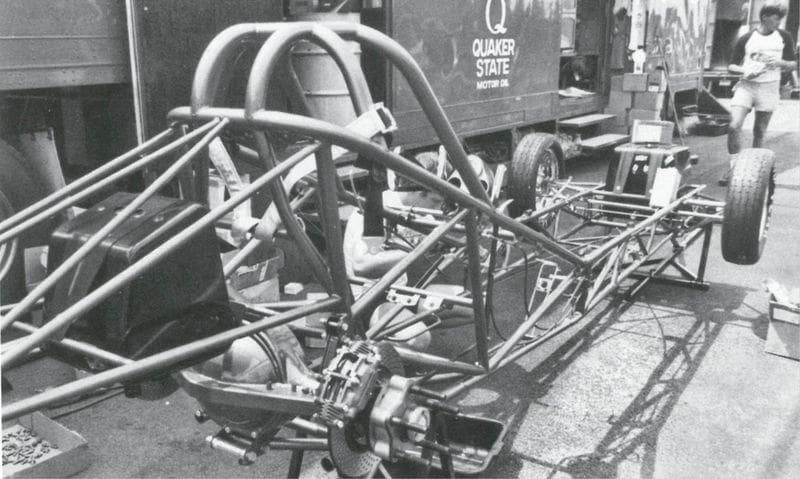
Pulde’s Buick followed the Candies & Hughes Pontiac in the wind tunnel and proved to be every bit as good.
“We had a pretty good size spoiler on the back of it, but we didn’t have giant spill plates,” Pulde said. “We had Jim Hume make it to where the spoiler could lay down, and we’d put spring-loaded supports in the back of it so it could get the download without a lot of drag. So the car was pretty unique, and there were a lot of things people looked at that they didn’t see what was really there.”
As it turned out, getting the car designed and the body fabricated was just the tip of the iceberg for Pulde and team.
As Pulde recalled, Jim Hume and Lance Wilson, brought the newly finished body to the IHRA Spring Nationals in Bristol, Tenn., where the experience of preparing the new car was anything but turn-key.
The body was minus any of the tin work and was going to be mounted on a brand-new, but bare chassis. The chassis was the first built by Hume for Pulde.
Pulde did have a back-up plan though, as he still had his Firebird which had qualified No. 1 the week before at the NHRA Cajun Nationals on stand-by.
It didn’t take long for the gawkers to make their way over to Pulde’s pits.
“I remember Snake and them guys were pitted behind us, and there was a bunch of people all pitted around, and everybody came to look at it,” Pulde recalled. “And these guys had all been in the wind tunnel.
Well, how’s that thing going to run? Boy, I can’t imagine that car running any speed.
“And everybody who had been in the wind tunnel were all experts.”
Pulde, who told Super Stock & Drag Illustrated in the original race coveraget hat he didn’t believe the team would get the car finished in time. They took delivery of the body on Wednesday, two days before the event was to begin.
Pulde didn’t need any wind experts as he blew away the series record with a 264 mile per hour blast in qualifying. He also established low elapsed time of the race in only the fourth run on the new car.
It might have been a Buick, but the new Warrior drove like a Cadillac.
“It felt really good,” Pulde recalled. “The car handled well. The car handled really well. That’s what the steering wheel is for. It moved to the left, I turned the wheel to the right, but it did really, really good.”
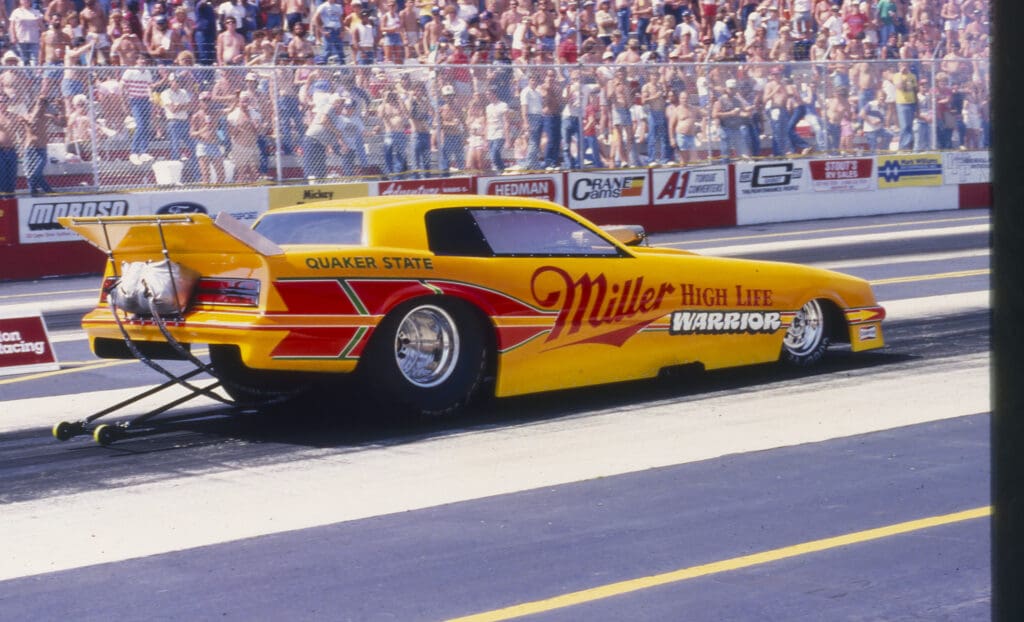
As fate would have it, Pulde and Prudhomme reached the final round of the $30,000-to-win IHRA flagship event.
“It was going to be a good final round, and fortunately for us, they had an o-ring come out on the injector on the barrel valve. I stopped from the burnout, and I went to push the car back into low gear – those levers just fell forward. I thought, ‘Oh, man, All I’ve got is low gear.”
“I backed up and [starter] came over to me and said, “Prudhomme was broke.”
“I thought, “Oh s***, what a day! What a day!”
“So we went out with a brand new car, assembled it at the track, and actually that was the highest paying race for the year. That race paid more than any race paid all year long.”
The Buick’s maiden victory netted Pulde a little over $40,000 when adding in contingencies.
“I paid Hume for the car right there at the racetrack,” Pulde said. “It all worked really good.”
Pulde eventually lost his Miller deal at the end of 1985 and ran a limited schedule in 1986 before selling the car in 1987. The primary body ended up in Sweden, while the Hume chassis was sold to Jason Rupert, who went on to win multiple NHRA Heritage Series Championships. A second body, used as a show car was mounted on the chassis previously cloaked with the Firebird Warrior, went to Freddie Neely.
“Everybody loved that car,” Pulde said. “It was really cool. To this day I still get fans who say that car was something unique looking.”
And thus Pulde reaped the benefits of daring to be different – a car with legendary status 35 years after it was assembled on the grounds of the old Thunder Valley Dragway.
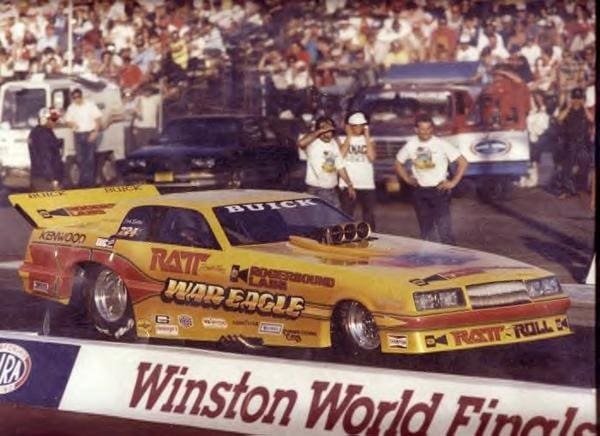





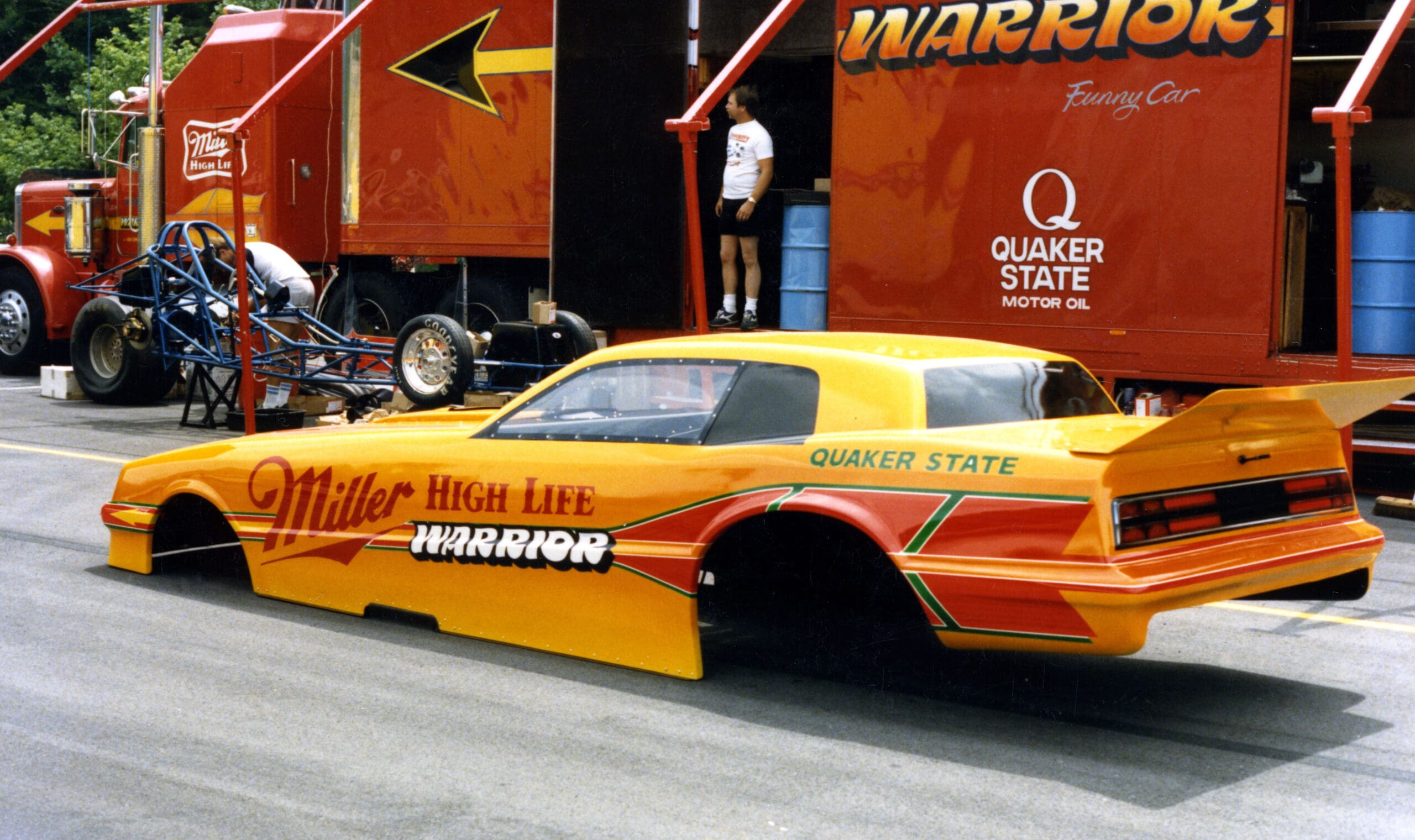






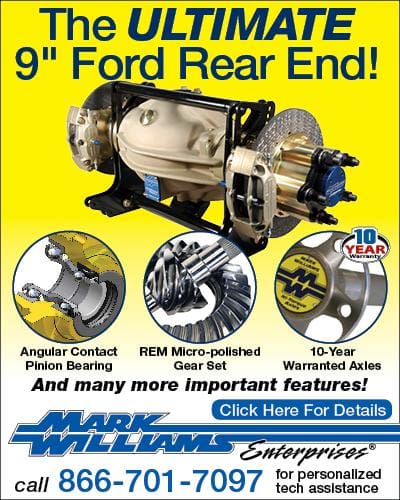
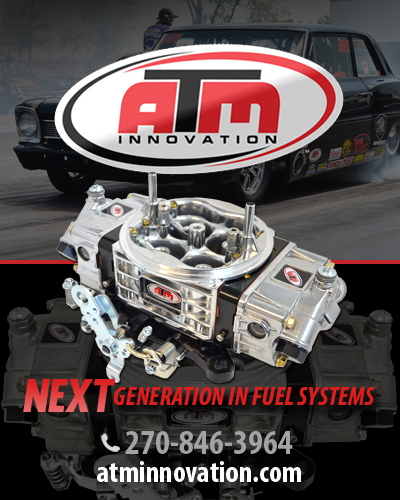

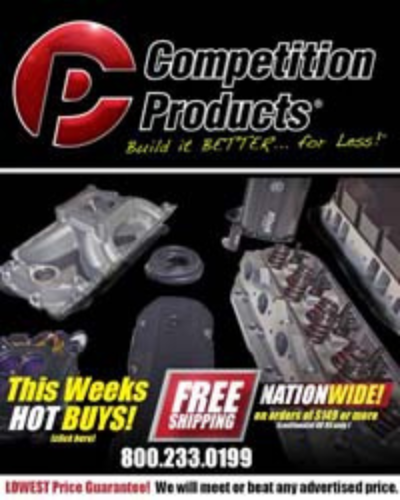

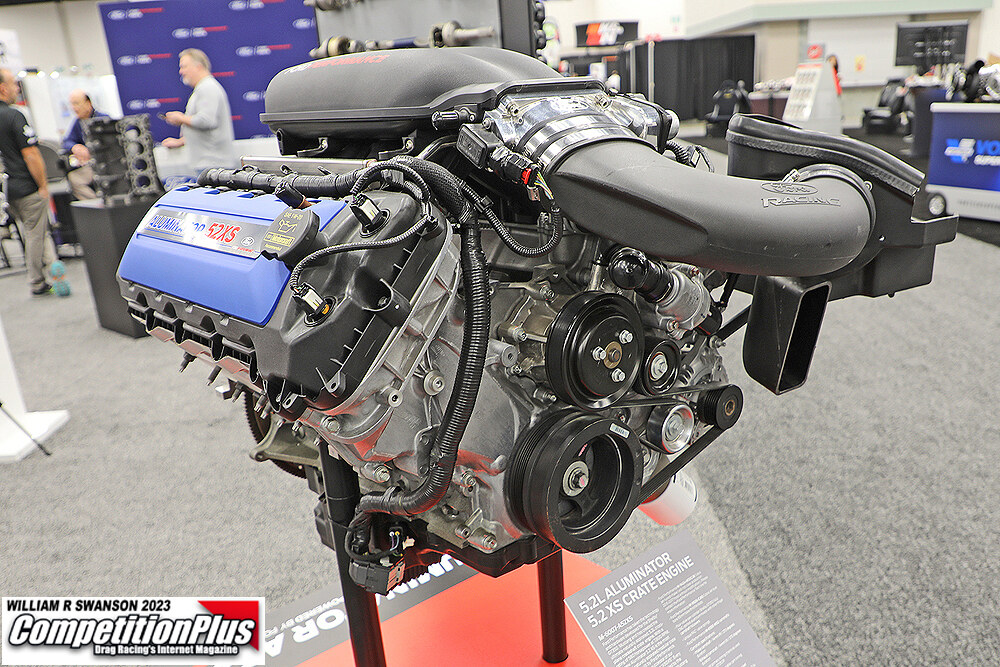

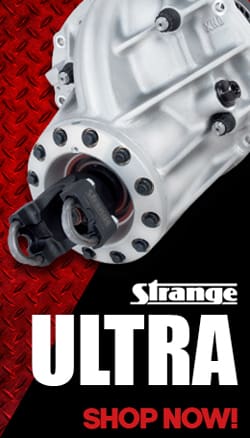
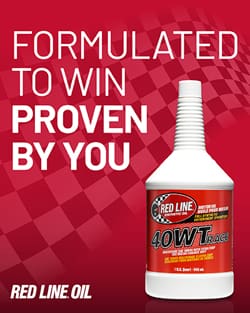



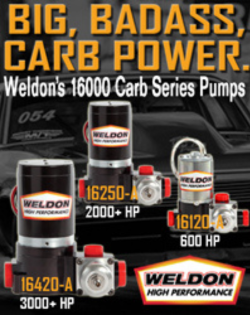




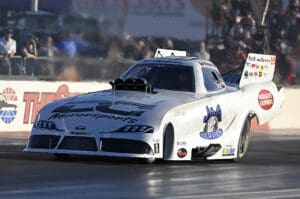
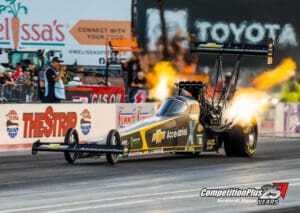
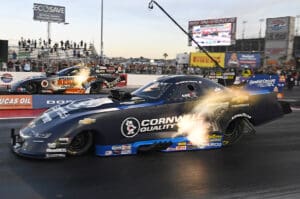

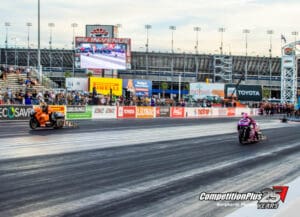
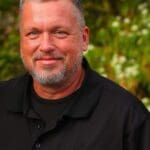

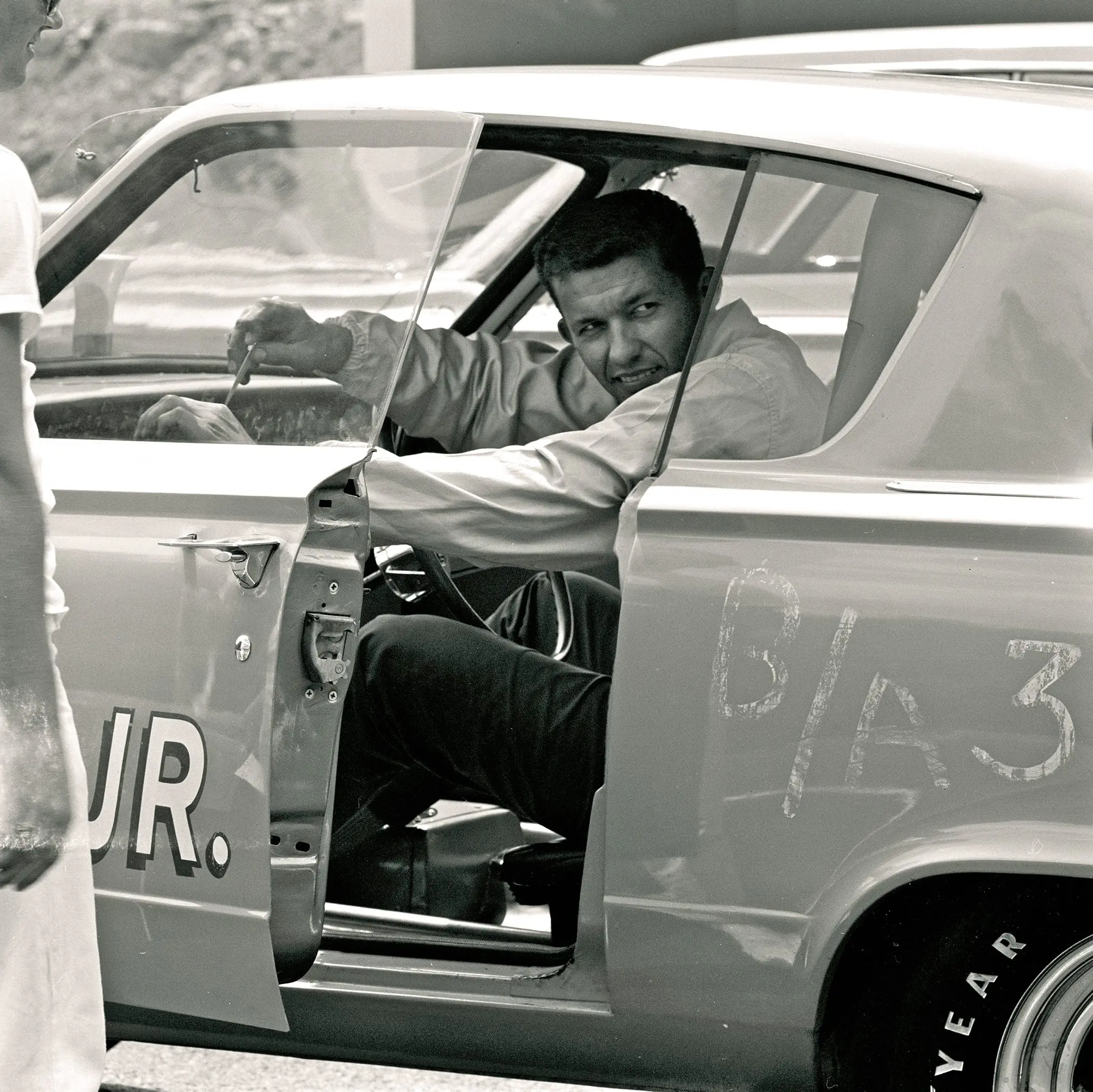
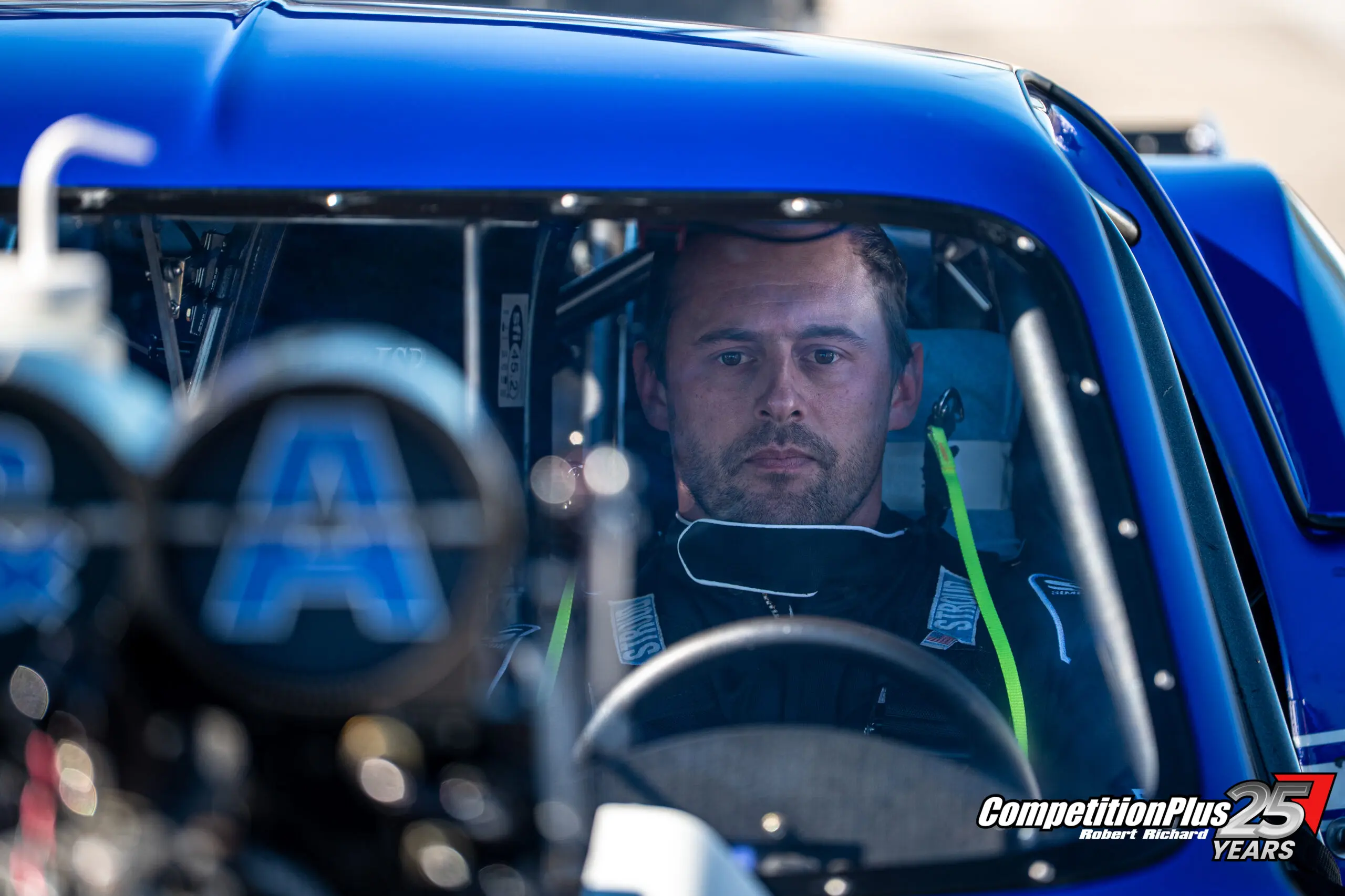
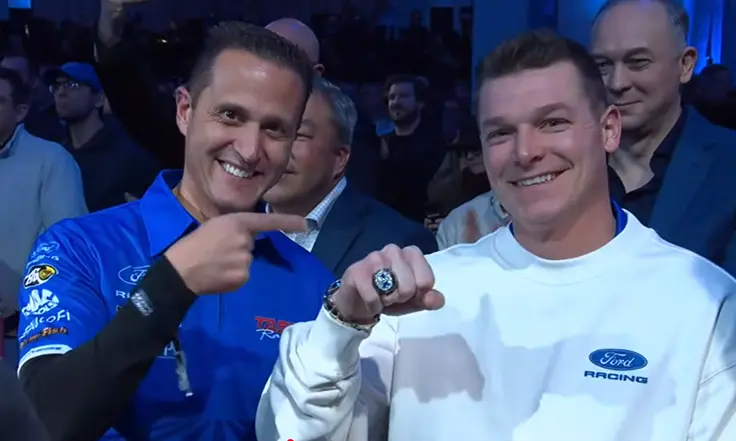

DEADHEAD UNDER THE HELMET: JEG COUGHLIN JR.’S OTHER LIFE